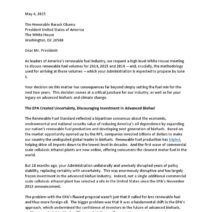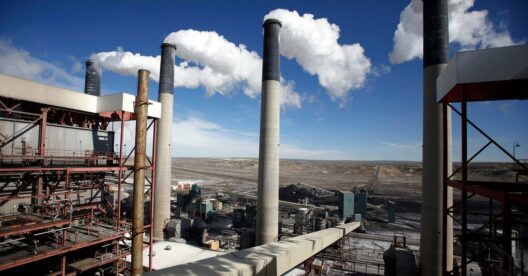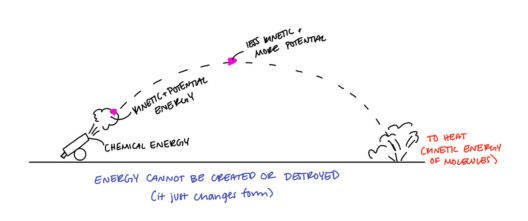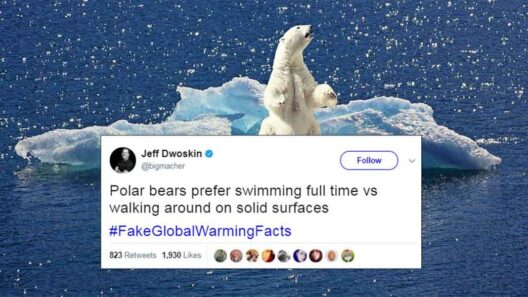In the ongoing struggle against climate change, a perplexing and controversial strategy has garnered attention: the idea of spraying metals into the atmosphere. More specifically, the technique, often associated with geoengineering, involves dispersing particles, like sulfur or even metals, into the stratosphere to reflect sunlight and mitigate global warming. This approach raises vital questions about its implications, effectiveness, and the ethical considerations involved. Are metals truly being considered as a formidable weapon in the fight against climate change?
To understand this phenomenon, we first need to delve into the concept of geoengineering. This term encompasses a range of interventions aimed at altering the Earth’s climate system in order to counteract the effects of climate change. One of the most discussed methods involves solar radiation management (SRM). Through SRM, the idea is to inject reflective particles into the atmosphere, creating a shield against incoming solar radiation. The adroit use of this technology could theoretically counterbalance the warming effects associated with increased greenhouse gas concentrations.
Among the myriad of particles proposed for SRM, metallic aerosols, particularly those containing aluminum or iron, have emerged as intriguing candidates. Proponents argue that when these metals are introduced into the stratosphere, they can significantly enhance the albedo effect—reflecting sunlight back into space. But this prospect is not without its challenges and controversies.
First and foremost, the environmental risks associated with spraying metals into the atmosphere cannot be overlooked. Critics posit that the long-term implications of such interventions remain largely speculative. While the immediate goal may be to mitigate warming, the potential for unforeseen consequences—including alterations to precipitation patterns, disruption of ecosystems, and detrimental health effects—raises the stakes dramatically. A deliberate alteration of the climate system could unleash a cascade of unintended results, undermining the very stability we strive to secure.
Moreover, the question of governance remains paramount. Who decides when and how these interventions take place? The global nature of climate change necessitates a comprehensive framework for managing such geoengineering strategies. Unilateral actions by individual nations or corporations could lead to geopolitical tension and exacerbate global inequalities. Establishing a unified regulatory body to oversee these interventions becomes essential to ensure accountability and responsible use.
In addition to environmental risks and governance concerns, ethical considerations loom large. Is it justifiable to manipulate natural systems in such a drastic manner? The urgency of climate change prompts a desperate search for solutions, but should we resort to methods that could further entrench the divides between nations and communities? A philosophical dilemma emerges: while the prospect of utilizing metallic aerosols may seem like a quick fix, does it distract from the fundamental need to reduce greenhouse gas emissions at their source?
Furthermore, the scientific community continues to grapple with the uncertainties surrounding the effectiveness of these interventions. Though experimental studies and computer models have suggested possible benefits of spraying metals, real-world applications remain vastly underexplored. The lack of empirical data leaves many questions unanswered. Could the purported short-term gains overshadow potential long-term repercussions?
In the quest for sustainable solutions, the conversation surrounding geoengineering and the spraying of metals into the atmosphere must also consider alternative approaches. Renewable energy technologies, such as wind, solar, and hydropower, provide sustainable pathways devoid of the associated risks inherent in geoengineering. A dedicated commitment to reducing fossil fuel use and enhancing energy efficiency offers a more holistic approach to climate change mitigation; it attends not only to the symptoms but to the root causes.
Despite the controversies, the discussion about spraying metals into the atmosphere serves a greater purpose. It challenges our understanding of both climate science and morality. Curiosity about unconventional methods can drive innovation, fostering dialogue that may generate creative solutions to bedeviling problems. However, such curiosity must be tempered with caution and respect for the complex and interwoven fabric of Earth’s systems.
As stakeholders—including governments, scientists, and citizens—navigate the tumultuous waters of climate action, transparent communication is necessary. Informing the public about the risks, benefits, and ethical implications of geoengineering can empower individuals to become active participants in the dialogue, ensuring that no one entity dominates the narrative. In this way, society can work towards collective solutions that holistically address the climate crisis.
Ultimately, the prospect of spraying metals into the atmosphere opens up a Pandora’s box of possibilities and perils. This discussion is a microcosm of the larger struggle against climate change, encapsulating humanity’s desire to reclaim control over a changing planet. As we probe deeper into the innovative yet intricate world of geoengineering, it is imperative to maintain a balanced perspective—one that scrutinizes the delicate interplay between human ingenuity and the powerful forces of nature. Wisdom, tempered with humility, must guide our actions as we strive to forge a sustainable future amidst the tumult of an uncertain climate.
The conversation surrounding geoengineering and metallic aerosol spraying is not an end in itself; it is a challenge to rethink our relationship with the planet and the approaches we take to protect it. As curiosity continues to fuel investigation into innovative solutions, we must ensure that any path forward is guided by inclusivity, thorough scientific inquiry, and a commitment to long-term sustainability.








